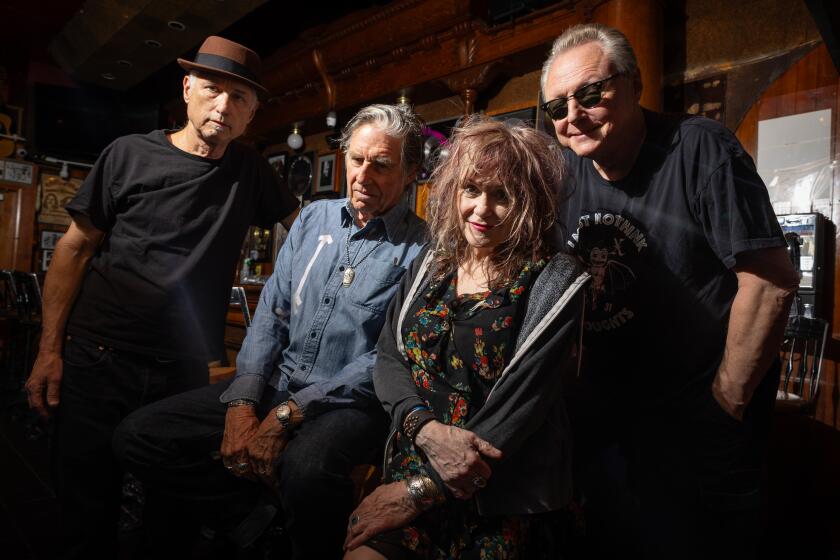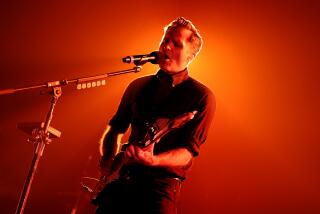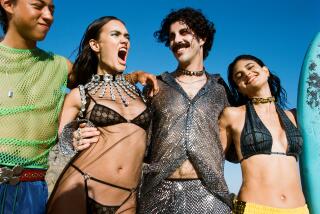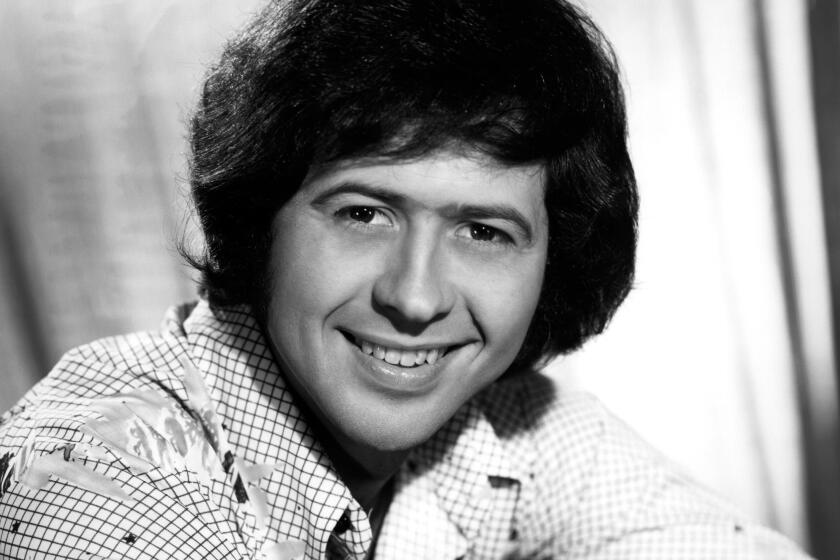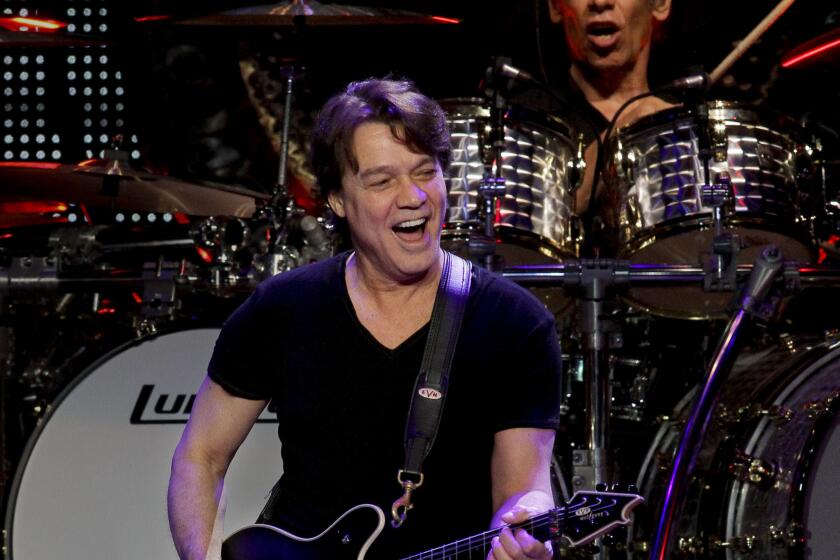This OC surf punk was a terror on the waves and on the stage. Then the bomb exploded.

Steve Cabler was living it up in Bali: surfing all day and partying all night.
He’d traveled from his home in Newport Beach on a surf trip to Indonesia with his best friend, Steve Webster. The two surfers were inseparable and, because they shared the same first name and similar-sounding surnames, were known throughout the international surf community as “Crabby” and “Webby.”
On Oct. 12, 2002, Cabler and Webster went out with another acquaintance, the owner of a local surf shop, to Sari Club in Kuta Beach to celebrate Webster’s birthday. After being in Bali for nearly a month, Cabler knew many of the people at the nightclub, from the locals who worked there to other tourists from around the world.
He was talking to a friend when he heard an explosion. Across the street, a suicide bomber had run into a bar called Paddy’s and detonated a device. Before anyone had time to react, a second bomb went off. This one was in a car parked on the street outside of Sari’s and it tore the club apart.
“The blast was so strong, it felt like it was going to rip my lungs out,” Cabler said. “It basically blew us all to kingdom come.”
Cabler’s friend died instantly. Cabler and Webster shared a look of horror and then the roof collapsed on top of Webster. Cabler tried to lift the aluminum structure that supported the thatched roof, but it had burst into flames, and he burned his hands in the effort.
“I can still hear the voices in the fire,” Cabler said.

Caught on the patio between the flames and the bomb blast, Cabler had to find another way out, but the area was completely fenced in. Through brute force, he was able to shoulder through the fence that separated the club from the street. Several other survivors followed him out, escaping through the hole that he made.
Cabler staggered up a street strewn with dead bodies, destroyed cars and broken glass everywhere he looked.
“It was like walking through hell,” he said.
After he collapsed in the street, a man dressed in white bundled Cabler into a taxi and took him to a hospital where all the windows had been blown out, but they wouldn’t let him in. There had been a third attack in nearby Denpasar at the American consulate. Fearing reprisals, the hospital refused to admit him.
The man in white took Cabler to a hotel and left him there. Cabler came to the next day — alive, but only barely.
Cabler’s vertigo was so intense that he could barely stand, but he was determined to find his best friend. He searched the city for Webster, visiting hospitals and makeshift morgues, opening body bags and inspecting the mangled remains.
He never found him.
It wasn’t supposed to be this way. They came to Bali to surf and have a good time. Instead, the chaos and confusion Cabler had been running from all his life caught up with him again.
Cabler grew up in a small house in Costa Mesa behind the Cuckoo’s Nest, the club where Henry Rollins made his debut as Black Flag’s vocalist in 1981. In the early ’80s, the Cuckoo’s Nest was part of a network of venues where punk bands from around the country played, even though it often meant fighting in the parking lot with the patrons of the cowboy bar a few doors down.
“Where I grew up, you had to fight every night,” Cabler said.
Cabler’s childhood was not a happy one. His father split when he was 3 months old and wasn’t in the picture. Cabler’s stepfather was a monster who took his anger out on Cabler’s pets; Cabler also was sexually abused by another family member. From an early age, he learned to disassociate.
“When I was young I was able to create this mechanism to remove myself from my physical body in times of torment. I would close my eyes and count to seven and it was like these things were happening to someone else.”
Cabler sought comfort in chaotic places — from the circle pit at punk shows to surf breaks all over California, Mexico and beyond.
Skip Snead, who edited Surfing Magazine from 1992 to 2000 and has accompanied Cabler on dozens of surf trips around the world, said his friend and mentor was “a naturally talented surfer. He was one of the best tube riders in Newport Beach, and a legendary local surfer.”

When there weren’t any waves to surf or shows to go to, Cabler often turned to drugs.
“There was no drug I wouldn’t take,” Cabler said, “and I learned I could make money dealing weed.”
Although he worked various jobs, he was always hustling to fund his surf trips and music projects. In the ’90s, Cabler formed his own punk band, El Centro, which played shows in Southern California and on the Vans Warped Tour.
Casey Royer, a OC punk musician who has played in Social Distortion, the Adolescents and D.I., recalled Cabler as a charismatic singer with an ability to connect with the crowd.
“That’s his main goal. It’s almost like the music is secondary, and his primary goal is to be a good soul and a good spirit,” said Royer.
But everything changed during that fateful trip to Bali in 2002.
The attacks were carried out by Jemaah Islamiyah, a jihadist group with ties to Al Qaeda. The bombings claimed the lives of 202 people from 21 nations. Australia suffered the most casualties, followed by Indonesia. There were eight Americans in Kuta Beach that night, but only one came home.
Cabler’s recovery was long and arduous. As the shock wave moved through Cabler’s body it broke his sternum, pushed all of his ribs apart and shattered his eardrums. He was covered in gore, he had burns all over his body, including both his hands, and he’d cracked his scapula in half while breaking out of the club.
Also, the State Department wanted to talk to him. When Cabler was presented with photographs of potential suspects, he recognized one of the men from a strange encounter he had at the club the night before the bombing.
“I was out drinking Jack and Cokes at 3 in the morning with a German girl when this group of men walked up to me. This little dude spits in my face and says, ‘F— you. F— America. F— George Bush.’”
“That’s Umar Patek,” the agent told him.
“Who’s that?” Cabler asked.
The agent explained they believed he was one of the bombmakers. “Would you be willing to testify?”
Cabler was. Suddenly the government’s investigation into an international terrorist event depended on a drug-dealing surf punk from Orange County.
Cabler had his day in court and helped avenge his friend and put Patek behind bars. In the process he became one of the few Americans who have ever testified against an Al Qaeda-affiliated terrorist in a court of law. Through it all, Cabler insisted he wasn’t a hero.

“I’m a frickin’ survivor. I got out of there and helped save lives because I didn’t lay down waiting for somebody to take me away on a stretcher. I did what I had to do.”
What Cabler really wanted to do was get back in the water and up onstage again. Incredibly, he was able to do both.
“I wanted to take my life back,” he said.
“He bounced back really fast,” Snead recalled of Cabler’s surfing ability, “and he regained all of his skills.”
It may have appeared that way from the outside, but on the inside it was a different story. Cabler suffered from intense vertigo, a traumatic brain injury and severe PTSD that made the simplest tasks a challenge. He sought out EMDR therapy — a psychotherapy technique designed to help people recover from trauma and other distressing experiences — which he credits with turning things around.
“It changed my life,” Cabler said. “When things get crazy, I’m the one you want around because I stay calm. It’s dealing with everything else that makes me a little nuts.”
Whenever things become too intense, Cabler closes his eyes and counts to seven — a tactic he credits with saving his life in Bali.
Twenty-two years later, Cabler is still dealing with the scars of that fateful night.
He has memory lapses, permanent hearing loss in both ears and tinnitus that “feels like a bug marching through my eardrums.”
Due to the crippling vertigo that comes and goes, he doesn’t surf as often as he used to. These days when he goes to the beach, it’s to teach local kids how to ride the waves.
But he is performing music again. He recently got El Centro back together and they played a gig with the legendary Dead Boys at the Tiki Lounge in Costa Mesa. Cabler also plays with Royer in a punk rock cover band called Anton Shadows and the Impalers, and the two are launching a podcast together.
Whatever Cabler sets his mind to do, Royer believes his friend will find a way to succeed. “He’s always stood up strong no matter what adversity he’s been challenged with.”
Jim Ruland is the author of the L.A. Times bestseller Corporate Rock Sucks: The Rise & Fall of SST Records and the novel Make It Stop.
More to Read
The biggest entertainment stories
Get our big stories about Hollywood, film, television, music, arts, culture and more right in your inbox as soon as they publish.
You may occasionally receive promotional content from the Los Angeles Times.

